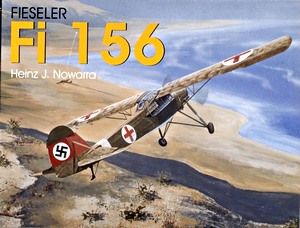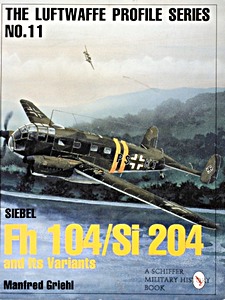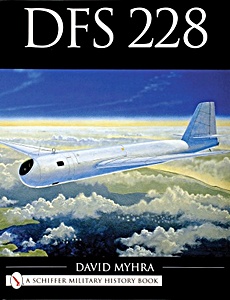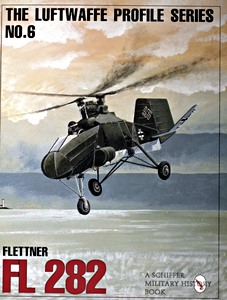The Fieseler Fi 156 Storch : The First STOL Aircraft
First flown in May 1936, the Fieseler Fi 156, or, as it was better known, Storch (Stork), was designed in answer to a request from the German Luftwaffe for a short range reconnaissance aircraft. For its time, the Fi 156 had amazing performance and flight characteristics, what today is known as STOL (Short Take-Off and Landing). It could take-off from a lawn considerably smaller than a football field.
During the Second World War, the ubiquitous Storch was the airborne eyes of the German Wehrmacht (Army), also being used on daring rescue missions, including the rescue of the Italian dictator Mussolini. The last flight out of Berlin was made in a Storch. Many were sold to Germany's allies, while one was used by Churchill after D-Day to observe the progress of the invasion.
Others were used by the RAF as squadron 'hacks', with one being flown off an aircraft carrier. The STOL concept was copied by many countries, including France, Japan and the USSR. Post-war, production continued in Czechoslovakia, France and Romania, with more than 3,000 being built. Some are still flying.
Features:
- The first all-encompassing English-language history of the legendary Fieseler Fi 156 Storch and its Czech- and French-built variants
- Apart from its use by the Luftwaffe, Storch operators from around the globe, from Albania to Yugoslavia, are covered
- Includes details on aircraft inspired by the Storch's amazing flight capabilities as well as the various ultralight aircraft since the 1990s
- Beautifully illustrated with many rare and unpublished photographs.
Details
| Autor: | Jan Forsgren |
|---|---|
| Ausführung: | 208 Seiten, 25.5 x 18 x 2.1 cm, gebunden |
| Abbildungen: | 102 s/w-Abbildungen und 29 Farbfotos |
| Verlag: | Fonthill Media (GB, 2021) |
| ISBN: | 9781781558133 |

The Fieseler Fi 156 Storch : The First STOL Aircraft
Sprache: Englisch
Erhältlich bei Amazon - sichere Zahlung und schnelle Lieferung
Kaufen bei Amazon DE








